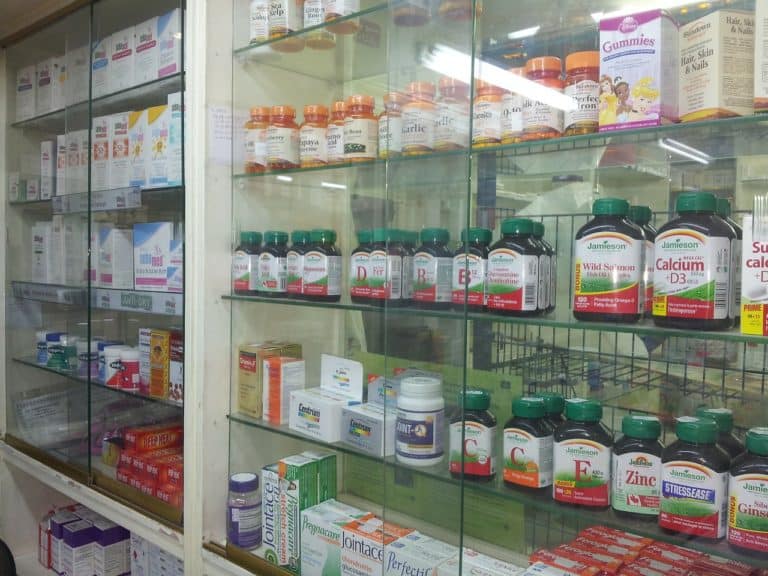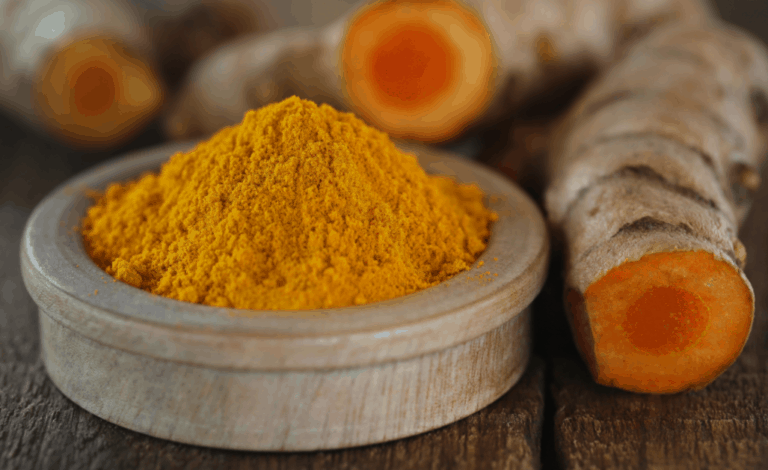Vitamin E is a powerful antioxidant whose main tasks are to fight free radical production and activity and to help with immune system functioning, cell signaling, and metabolism. The form of vitamin E used in most studies and found in most supplements is alpha-tocopherol, although it should be noted that there are eight forms of this vitamin. Recent research has shown that gamma-tocopherol may help fight prostate cancer, and that it also functions independently as well as synergistically with the alpha form.
In a study that compared alpha-tocopherol, gamma-tocopherol, and selenium in prostate cancer patients, it was found that the greater the intake of gamma-tocopherol, the lower the risk of prostate cancer. Researchers also observed that alpha-tocopherol and selenium protected against prostate cancer only when gamma-tocopherol intake was high. (Helzlsouer 2000)
This information is important when men consider the results of the Selenium and Vitamin E Cancer Prevention Trial (SELECT), which the National Cancer Institute stopped early because the results showed a small but not statistically significant increase in the number of cases of prostate cancer among the more than 35,000 men age 50 and older in the study who were taking vitamin E only. (Lippman 2009) However, the vitamin E used in SELECT was alpha-tocopherol rather than gamma-tocopherol or a combination of both alpha- and gamma-tocopherol, which may explain the small increase in the number of prostate cancer cases.
It is suggested that men get their RDA (15 mg or 22.4 IU) of vitamin E from food (e.g., nuts, sunflower seeds, vegetable oils) or, if taking a supplement, to take gamma-tocopherol or a supplement that contains a combination of the two.
References
Helzlsouer KJ et al. Association between alpha-tocopherol, gamma-tocopherol, selenium, and subsequent prostate cancer. J Natl Cancer Inst 2000; 92:2018-23.
Lippman SM et al. Effect of Selenium and Vitamin E on Risk of Prostate Cancer and Other Cancers: The Selenium and Vitamin E Cancer Prevention Trial (SELECT). JAMA 2009 Jan; 301(1):39-51.







